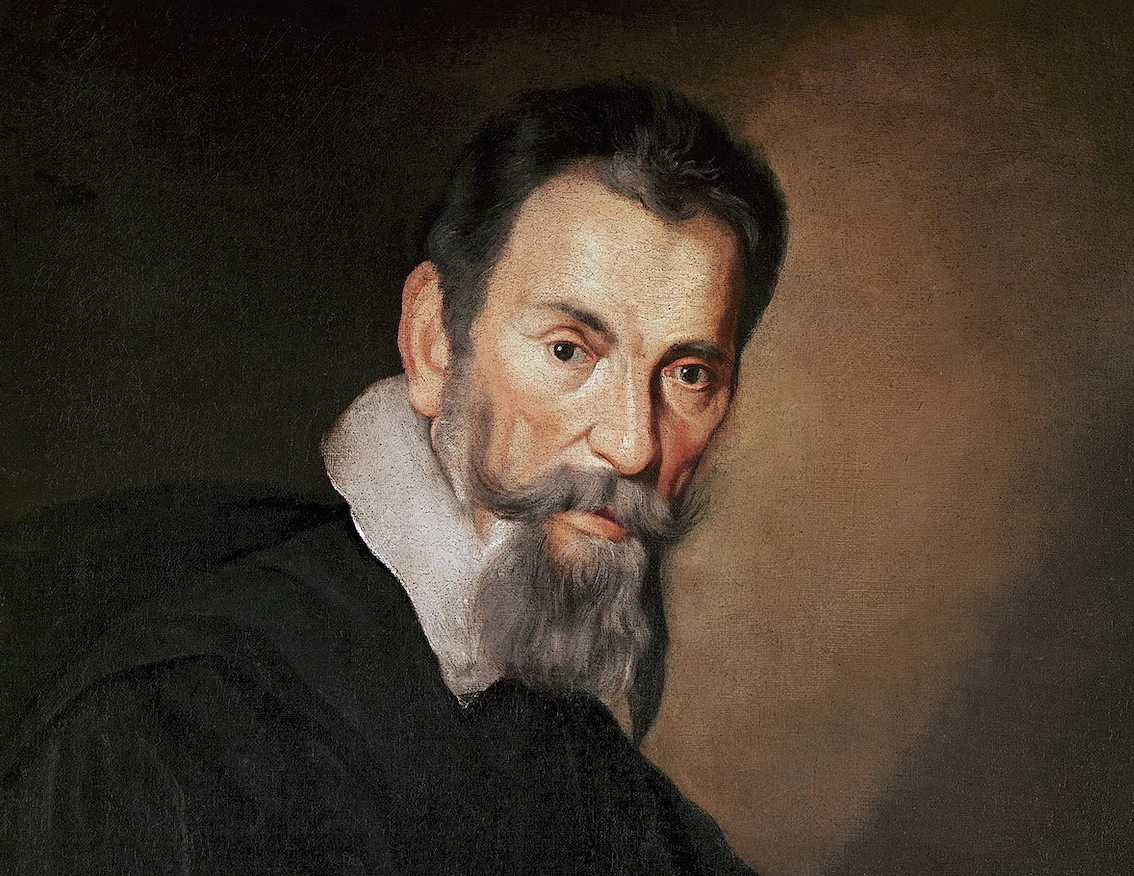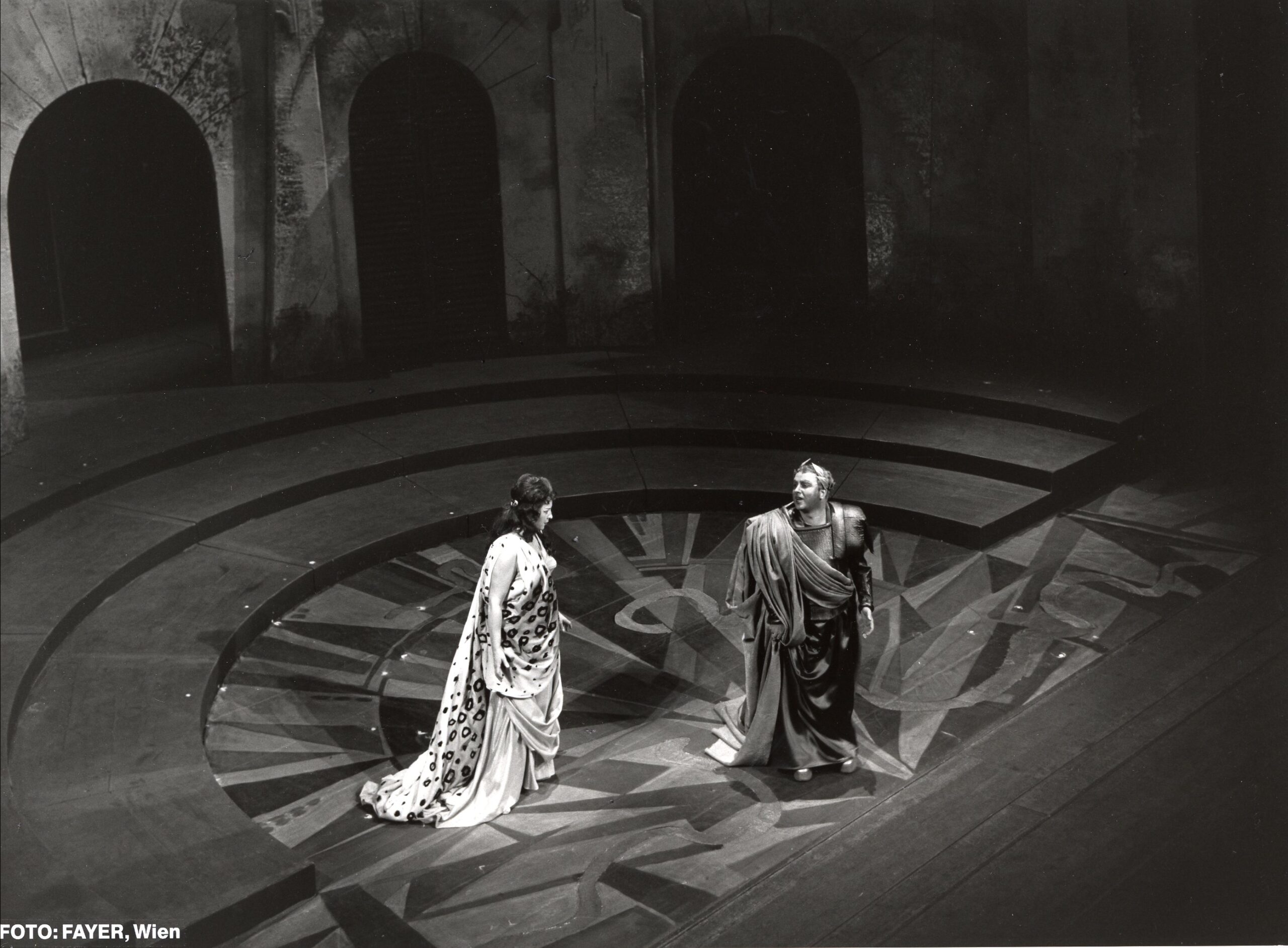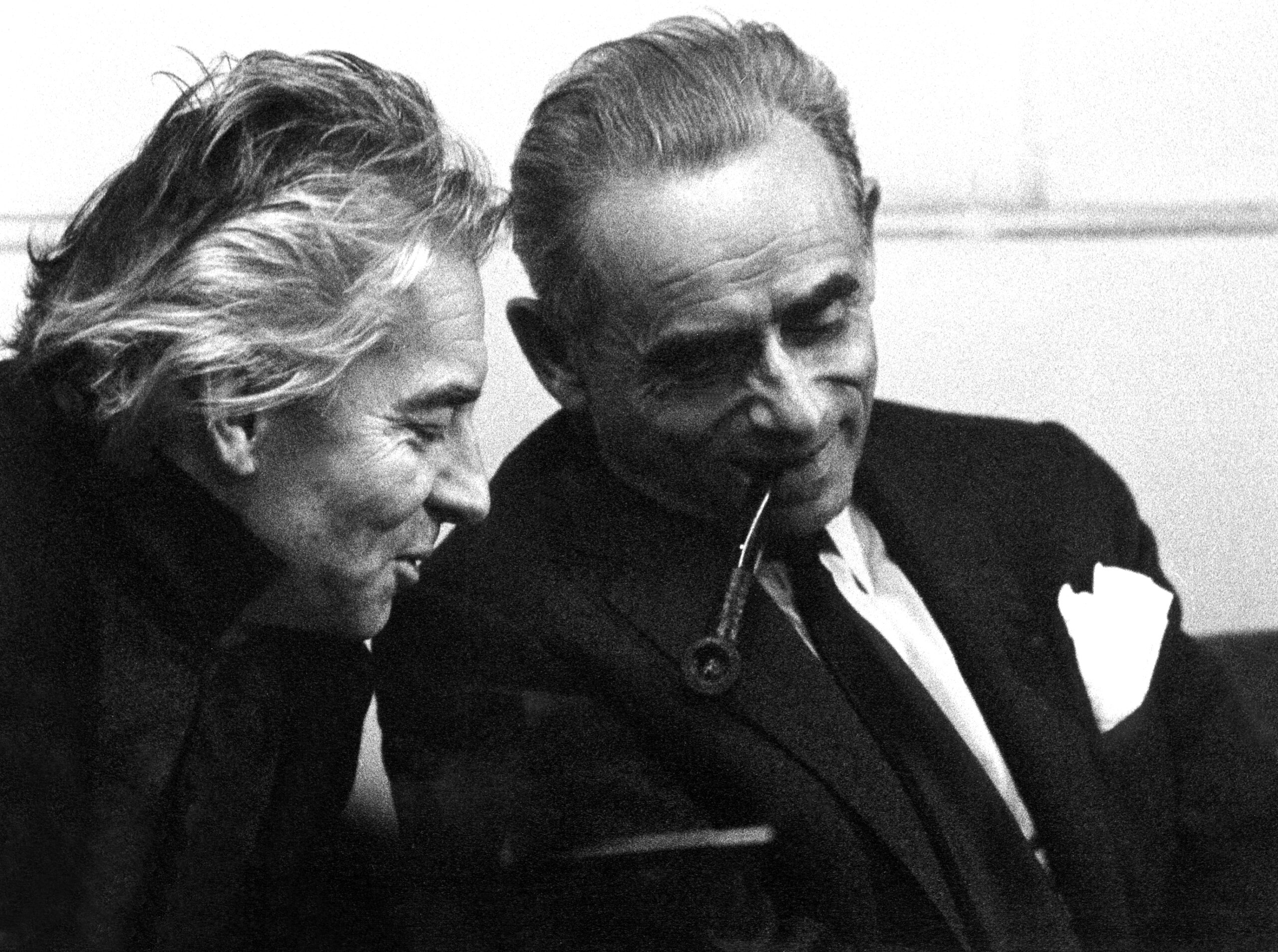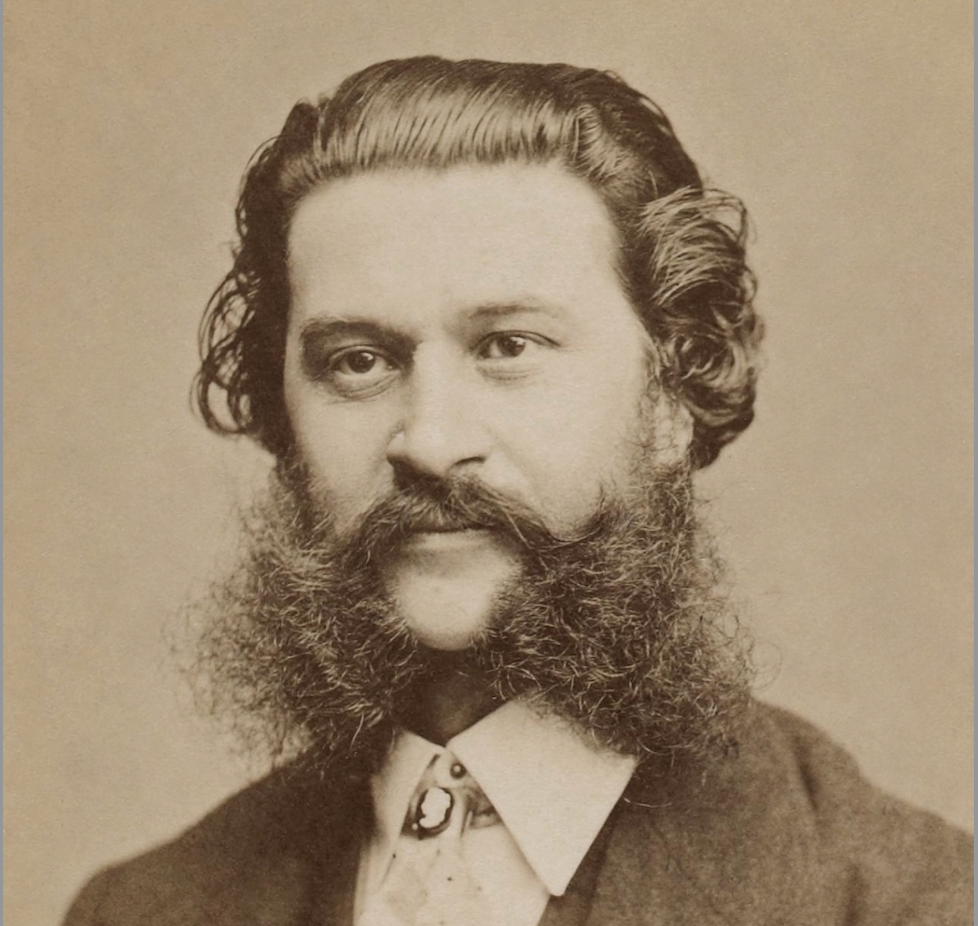04 April 2024
P.R. Jenkins
Spotlight Monteverdi: “L’incoronazione di Poppea”

Not many conductors in musical history have had a repertoire as broad as Karajan’s. But he is not usually associated with the music of Claudio Monteverdi.
In November 1953, he conducted three concerts with the Vienna Symphony and the “Singverein” performing a very remarkable programm: two five-voice a capella madrigals by the young Monteverdi (All’hora i pastor tutti and Ecco mormorar l’onde), two songs by Orlando di Lasso and Gesualdo, three songs by Debussy and after the interval Bruckner’s Eighth Symphony!

In Spring 1963, Karajan being managing director of the Vienna State Opera conducted Monteverdi’s “L’incoronazione di Poppea” in a major production with Sena Jurinac, Gerhard Stolze, Gundula Janowitz and Hilde Rössel-Majdan. He used the new arrangement by musicologist Erich Kraack – in the early 1960s, baroque operas were not yet generally performed in historically authentic versions. Unlike his upcoming opera productions Karajan wasn’t responsible for the staging but engaged Günter Rennert, a director he had already worked with on Mozart’s “The Marriage of Figaro” and whom he valued.

Rennert insisted on a comical intermezzo between the serious acts in the tradition of the baroque opera. Karajan was against it and cancelled the intermezzo after the premiere (but not the name of a singer in the programm booklet who only had appeared in the intermezzo). The production was an unexpected success. Sena Jurinac who sang the role of Poppea ranked it among Karajan’s “finest achievements as artistic director.” She recalled:
“I remember the duet with Nerone and Poppea. A bare stage, with a white rug, Poppea in red, everything else dark. And then as this wonderfully quiet music slowly grew intensity, the two hands coming gradually together. It was utterly simple, and absolutely spellbinding.”
There are not many stories where Karajan misjudged the duration of a piece of music. Generally, he was infallible… Sena Jurinac also told this story:
“It was a strange time. Karajan came to me and said: ‘Rennert’s arrangement of the bucolic scene is horrible. Go and tell him!’ I said: ‘Don’t you want to tell him yourself?’ ‘No, no. You’ll see him anyway.’ Then Rennert came to me and said: ‘Karajan’s tempo in the Seneca scene is grotesque. Go and tell him!’ I said: ‘Certainly.’ Of course, I didn’t say anything. Those things got sorted out by themselves. After the dress rehearsal, the two men had a bet. Rennert said: ‘It’s a short piece. It will last less than two hours.’ Karajan: ‘I doubt that very much. More than two hours.’ The winner was to get a picnic basket with champagne. To me Karajan said: ‘What’s wrong with Rennert? I am standing in the pit, so I can decide how long it takes.’ Karajan was a serious artist, so he conducted it the right way and – what shall I say: It took less than two hours!”
Today, the production is regarded as an important contribution to the Monteverdi renaissance after World War II. Karajan conducted three performances, then Hans Swarowsky took over. The live recording on 1 April 1963 is the only document of Karajan conducting Monteverdi.
— P.R. JenkinsErnst Haeusserman: “Herbert von Karajan. Eine Biographie.” Verlag Fritz Molden, Wien-München-Zürich-Innsbruck. 1978
Richard Osborne: “Karajan. A Life in Music” Chatto & Windus, London. 1998





